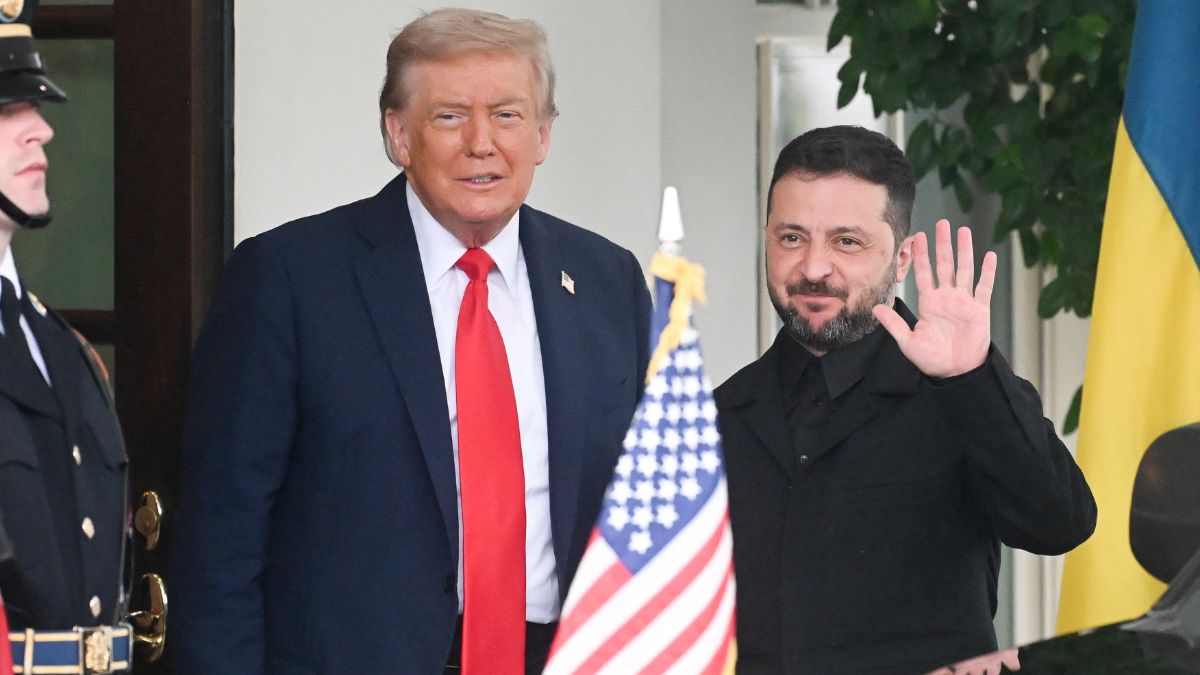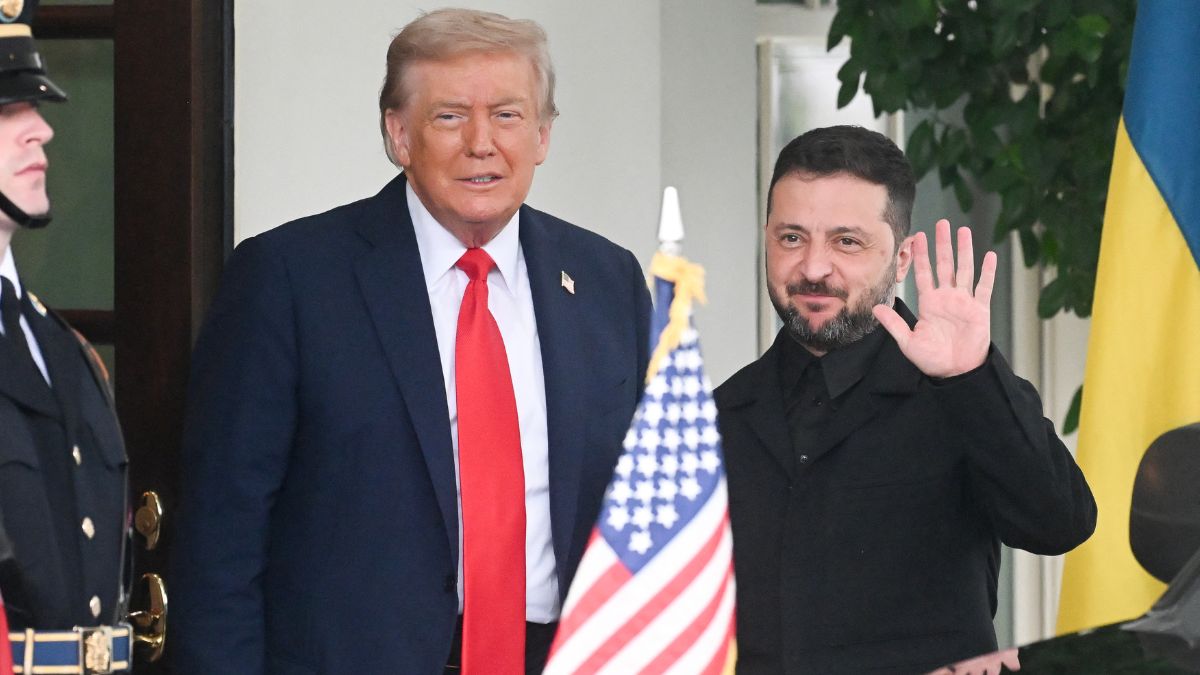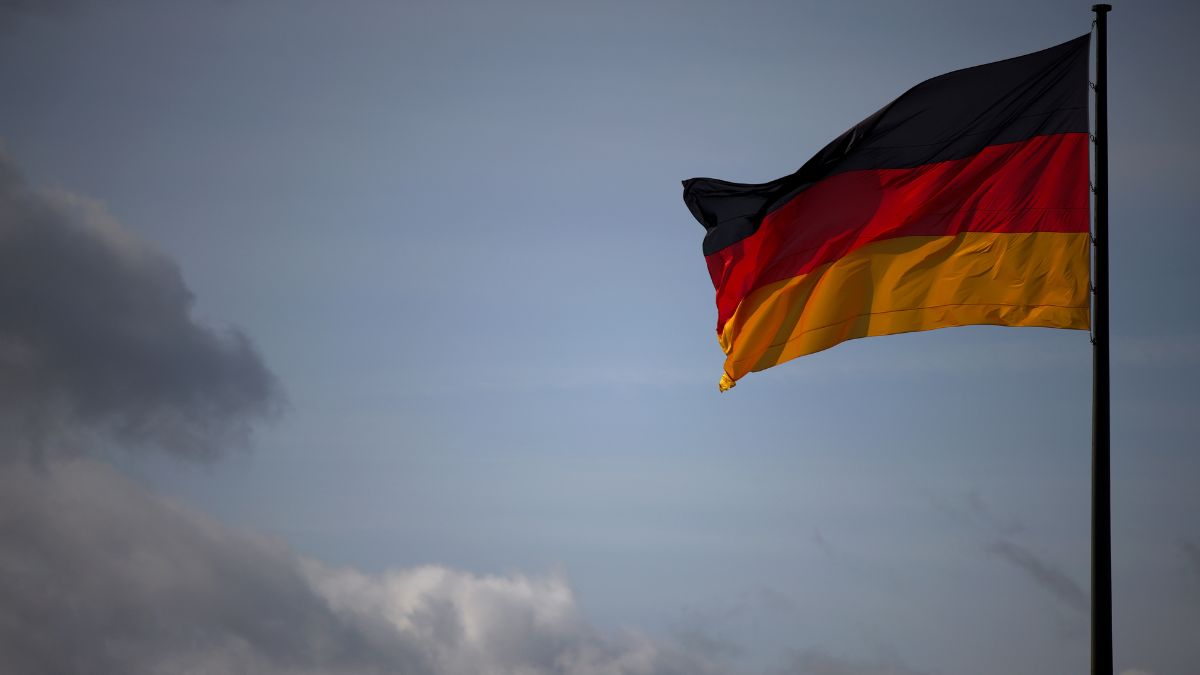The Constitution of India is one of the most cherished and significant documents. It was nearly two years after achieving independence from the British Raj, the Constituent Assembly adopted the Constitution of India on November 26, 1949.
If you are a history geek who loves to learn about important events from the past, Firstpost Explainers’ ongoing series, History Today will be your one-stop destination to explore key events.
On this day in 1922, archaeologist Howard Carter and his team entered the tomb of Pharaoh Tutankhamun in the Valley of the Kings after years of fruitless searching. The first Polaroid instant camera, the Polaroid Land Camera Model 95, went on sale in Boston in 1948.
Here is all that took place on this place across the world on this day.
The Constituent Assembly adopted the Indian Constitution
On November 26, 1949, the Constituent Assembly of India achieved one of the most significant milestones in the nation’s history — the formal adoption of the Constitution of India, a document that would lay the foundation for the world’s largest democracy.
The Constitution was drafted under the chairmanship of Dr BR Ambedkar, whose leadership and legal acumen earned him the title of “Architect of the Indian Constitution.” The Assembly met over 165 days, scrutinising every clause to ensure the creation of a robust framework for an independent republic. Members drew inspiration from constitutions around the world while crafting provisions that reflected India’s diversity, social realities, and aspirations for justice and equality.
On the day of adoption, Dr Ambedkar delivered a historic speech, emphasising the Constitution’s commitment to liberty, equality, and fraternity, and urging citizens to uphold these democratic values. The Preamble was also formally passed, capturing the spirit and vision of the newly independent nation.
Although adopted on November 26, the Constitution came into full effect on January 26, 1950, celebrated as Republic Day to commemorate the 1930 Declaration of Purna Swaraj.
Archaeologists enter tomb of King Tutankhamun
British archaeologists Howard Carter and Lord Carnarvon became the first souls in the world to enter the tomb of Egypt’s King Tutankhamun in the Valley of Kings in more than 3000 years on this day in 1922.
After years of fruitless searching funded by Lord Carnarvon, Carter finally uncovered a sealed doorway earlier that month. When he returned on November 26 to begin the official entry, he created a small opening in the wall and placed a candle inside. As the warm air escaped, he glimpsed glimmering treasures. When Carnarvon anxiously asked what he saw, Carter famously replied, “Yes, wonderful things.”
The young pharaoh ruled Egypt from about 1332 to 1323 BCE and unlike most tombs in the Valley of the Kings, Tutankhamun’s burial chamber had remained largely intact, escaping the systematic looting that had plagued other royal tombs. Inside, Carter found an extraordinary collection of artefacts, including golden statues, chariots, ceremonial beds, jewellery, amulets, and intricately decorated shrines. These provided insight into ancient Egyptian craftsmanship, burial practices, and royal life.
The tomb consisted of several chambers, with the burial chamber containing a series of nested shrines and coffins, the innermost made of solid gold and holding Tutankhamun’s famous mummy. The sheer richness and preservation of the treasures astonished the world and instantly made Tutankhamun a global icon.
The first Polaroid camera was sold
The world of photography changed forever when the first Polaroid instant camera was sold for the first time. The Polaroid Land Camera Model 95 went on sale in Boston on November 26, 1948. Invented by Edwin H Land, the groundbreaking device astonished the public with its ability to produce a fully developed photograph in under a minute, something no camera had ever achieved.
The invention was inspired by a simple question posed by Land’s young daughter, who wondered why she couldn’t see a photo immediately after it was taken. Motivated by the challenge, Land developed a revolutionary instant film process in which photographic development happened inside the camera through a complex chemical reaction controlled by a pair of rollers. This eliminated the need for darkrooms, enlargers, and traditional developing chemicals.
When the Model 95 went on sale at the Jordan Marsh department store, it sold out almost instantly. The store had only 57 units, and all were purchased within the first day, signalling the beginning of a new era in consumer photography. Polaroid’s instant cameras soon became cultural icons, used by families, artists, journalists, and even scientists. The technology was embraced by major photographers such as Ansel Adams and Andy Warhol, who valued the spontaneity and uniqueness of instant prints.
This Day, That Year
Terrorists launched a series of coordinated attacks across Mumbai, also known as the 26/11 attacks in 2008.
One of Hollywood’s most revered films, Casablanca, premiered on this day in 1942.
The Mongolian People’s Republic was proclaimed in 1924.
With inputs from agencies


)

)
)
)
)
)
)
)
)



